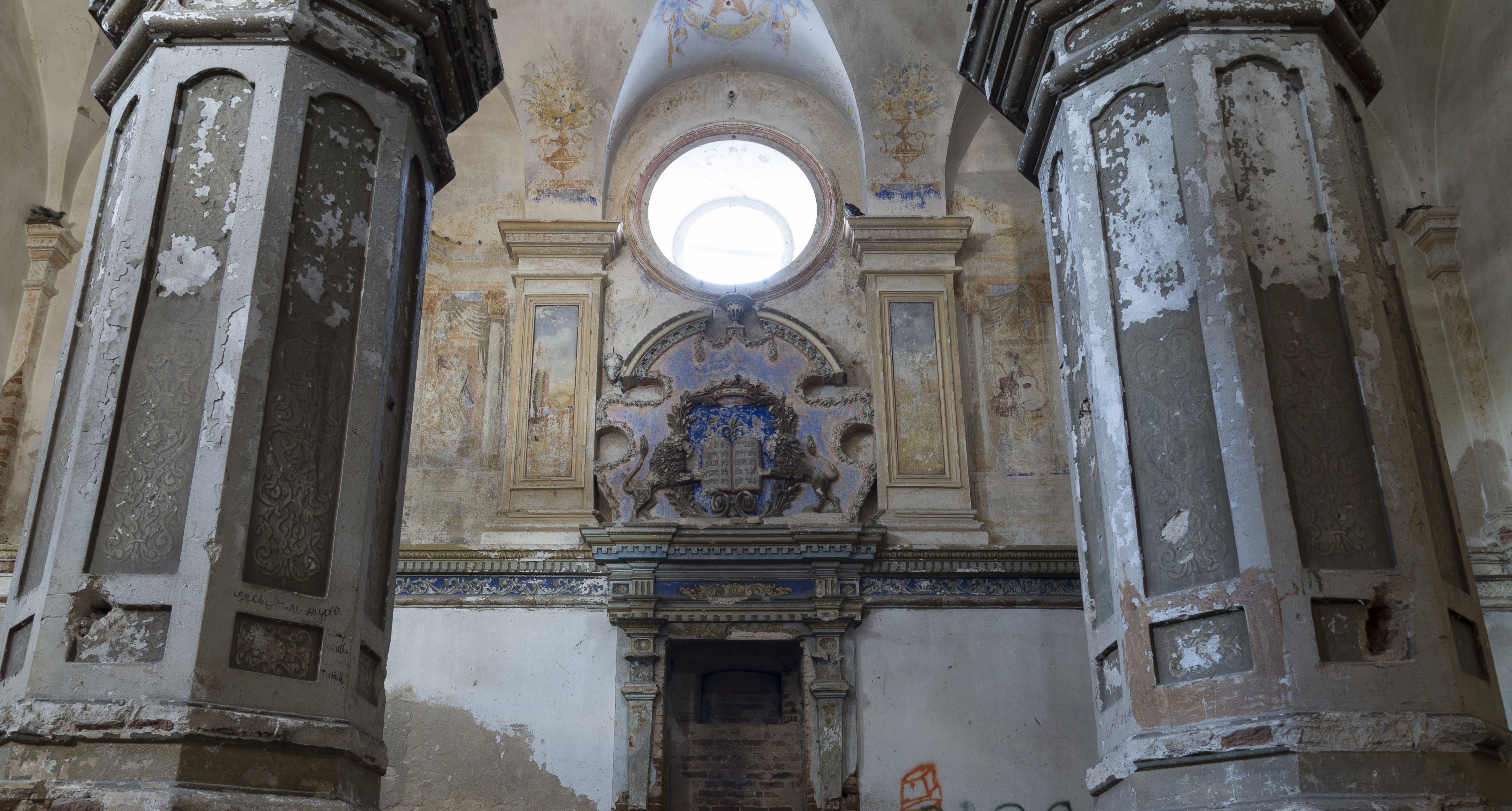Saving Jewish History
By Michael Mail, Chief Executive, Foundation for Jewish Heritage
The Great Synagogue of Slonim in Belarus is a majestic baroque building that has stood overlooking the central market of the town since the 1640s, and yet today lies neglected and in decay.
In 1939, the town had a population of 25,000 of which 17,000 were Jewish. Just 200 survived the Second World War and a Jewish community that had existed for centuries was extinguished in the most brutal of circumstances.
Communism followed the war and the story of the Jewish community and the Holocaust was something that could not be spoken of. What remained as the only testament was the Great Synagogue, used to store furniture and then left empty and derelict for the last 19 years.
The Foundation for Jewish Heritage, with trustees that include Simon Schama, Dame Helen Hyde, Lord Daniel Finkelstein and the Rt Hon Jim Murphy, was recently established here in the UK to work internationally on preserving Jewish heritage sites in danger such as the Great Synagogue of Slonim.
One of the foundation’s first acts was to commission research to map the historic synagogues of Europe, which identified 3,300 synagogue buildings in 48 countries right across Europe. Less than a quarter function today as synagogues, with the rest either used for other purposes or abandoned.
As part of this research, each synagogue was rated according to its significance and its condition in order to understand which were the most important buildings at risk. A list of 160 sites was so identified, from which a prioritised 19 were selected by the Foundation as a focus for its initial preservation efforts.
A synagogue may lose its community of users for reasons other than the Holocaust. There are also communities that simply move on, as is the case with the two UK buildings highlighted in the Foundation for Jewish Heritage’s top 19 – in Sunderland and Merthyr Tydfil, both Grade II listed.
Merthyr Tydfil was an industrial powerhouse and Wales’s biggest town in the 19th century. It had a thriving Jewish community that in 1876 built as its house of prayer an impressive gothic structure topped by a Welsh dragon.
As Merthyr faced economic decline in the 20th century, so its Jewish community dwindled until the synagogue finally closed its doors in 1983.
Today it lies empty and for sale, and the foundation is spearheading efforts to save the building and bring it back into use. We are currently testing a vision that it becomes a Welsh Jewish Heritage Centre to present the remarkable 250+ year old story of the Jewish community of Wales.
Jewish heritage is shared heritage - it is national heritage, and it is European heritage. By saving these synagogue buildings at risk, we remember the variety of lives that were lived, and the contribution that different communities have made over the centuries. They can serve as profound places of education - from Slonim to Merthyr - presenting the past while providing lessons for the present and future.
Please share and comment
Please send your responses to Sarah Tunnicliffe and share this article on social media via the tab on the left.





